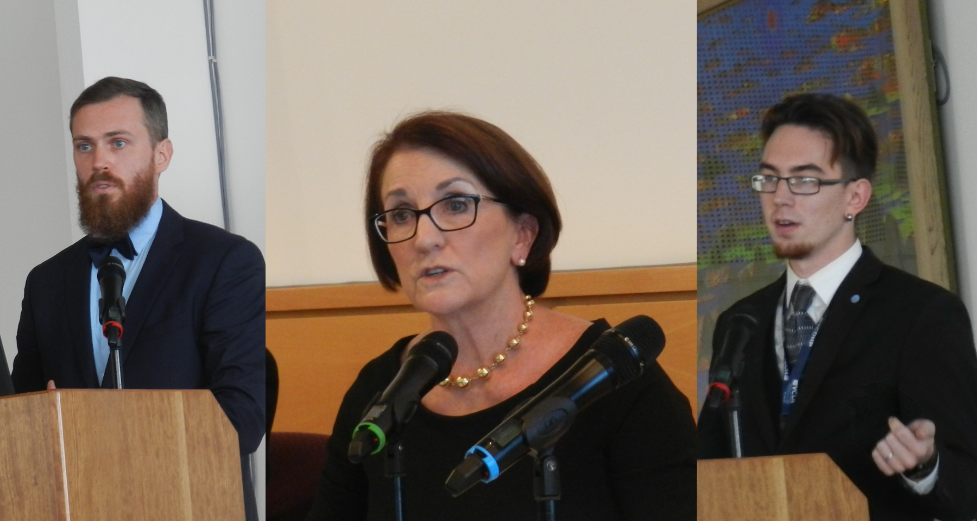
The fast-changing global environment is posing new challenges to the international nuclear safeguards regime at an ever-increasing rate, according to a new report from the Vienna Center for Disarmament and Non-Proliferation (VCDNP) launched on 18 September 2019. The report examines these evolving challenges and offers 47 recommendations to the guardians of the safeguards regime: the International Atomic Energy Agency (IAEA), its Member States and other stakeholders.
Speakers at the September 18 event included former VCDNP Executive Director and principal report author Laura Rockwood, as well as VCDNP Research Associates and contributing authors Noah Mayhew and Artem Lazarev. VCDNP Executive Director Elena K. Sokova moderated the panel discussion.
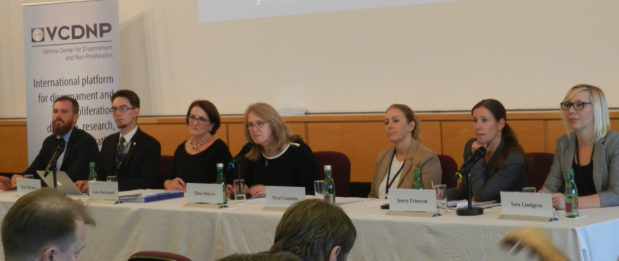
Representatives of the Swedish Radiation Safety Authority (SSM) also provided comments, including opening remarks by SSM Director General Nina Cromnier and concluding remarks by Jenny Peterson (Section Head of SSM’s Nuclear Non-Proliferation Department of Radioactive Materials Department) and Sara Lindgren (SSM Inspector).
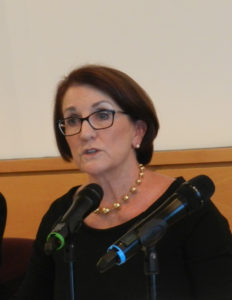
Ms. Rockwood recalled several examples of previous and ongoing efforts to strengthen safeguards, including the successful 2005 revision of the small quantities protocol and tension in the mid-2010s surrounding the State-level concept . She also identified the struggle for universal adherence to safeguards agreements as an ongoing challenge.
Some states are unaware of certain requirements with regard to safeguards; others are unable to fulfil them due to a lack of capacity, and still others are unwilling to fulfil them, either due to suspicion towards the IAEA or unrelated political reasons. Ms. Rockwood observed that a regional approach to promoting wider adherence to safeguards legal mechanisms might be an effective way to move forward. She also said that, for the “unwilling,” increased transparency on the part of nuclear-weapon states would contribute to easing of frustrations.
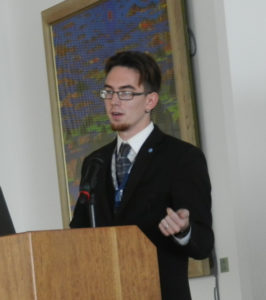
Mr. Mayhew focused on state reporting practices, underlining the mutual responsibility between the IAEA and Member States for improving reporting standards. The IAEA could improve transparency by publicly releasing its annual Safeguards Implementation Report, and increase cultural awareness training for safeguards inspectors to avoid tensions in the field and enhance the public awareness of how it handles sensitive information. Member States, for their part, should increase communication between themselves to promote best practices in reporting and cooperation with the IAEA.
Mr. Mayhew also touched on challenges to the IAEA’s staffing and budgetary practices. He recommended that the IAEA consider re-evaluating the application of its rotation policy to avoid losing certain, highly specialized staff with valuable institutional memory. He also noted that increased attention and transparency behind the budgetary decision-making process could contribute to a more stable supply of funding for ever-increasing safeguards activities.
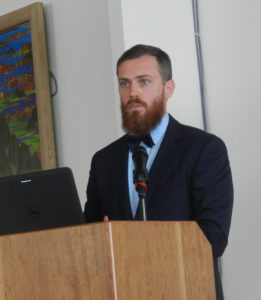
Mr. Lazarev discussed the critical issues concerning new and emerging technologies related to safeguards, emphasizing that not all technologies that are emerging are, in fact, new. Molten salt reactors (MSRs), for example, while often characterized as “emerging,” has its conceptual origins in the 1960s. Pebble bed modular reactors (PBMRs) developed by China and South Africa both have their origins in earlier German designs. Both technologies, if ever deployed, present challenges to fuel accountancy, since neither MSRs nor PBMRs use identifiable fuel.
To preserve and strengthen the primacy of safeguards during the consideration and development of these technologies, Mr. Lazarev underscored the importance of increased outreach to Member States, designers, vendors and other stakeholders to promote the importance of safeguards, such as that encapsulated by the “safeguards by design” concept.
Other technologies discussed in the report offer opportunities as well, including distributed ledger (blockchain) technology, data visualization, virtual reality, artificial intelligence, and machine learning. The potential applications of these technologies are not yet well understood by a critical mass of stakeholders. As such, the speakers advocated for increased investment in research and enhanced communications efforts with Member States and other stakeholders.
“The fast-changing global environment poses new challenges at an ever-increasing rate,” said Ms. Rockwood. “To stay ahead of the game and maximize the IAEA’s ability to anticipate and address challenges in a timely fashion, it is essential to think ‘outside the box,’ including about how the IAEA and you – its Member States – might turn these challenges into opportunities.”
The speakers emphasized that the application of these challenges must not get ahead of the Member States when it comes to implementation. Moreover, while new and emerging technologies will make a significant contribution to the IAEA’s safeguards activities, it is important to recall that there is no replacement for the role of inspectors on the ground.
Finally, the panel remarked that discussions on the issues contained in the report, as well as the recommendations, should begin at all levels of the international community. These discussions should take place bearing in mind lessons from history to avoid misconceptions that hinder progress. The speakers also observed that the safeguards issues are often entwined with broader geopolitical and security concerns and all stakeholders must weigh the complex balance of interests as the international community moves forward.
The VCDNP would like to thank the SSM for its generous support for “IAEA Safeguards: Staying Ahead of the Game.”
The report is available for download here and on the SSM’s website.



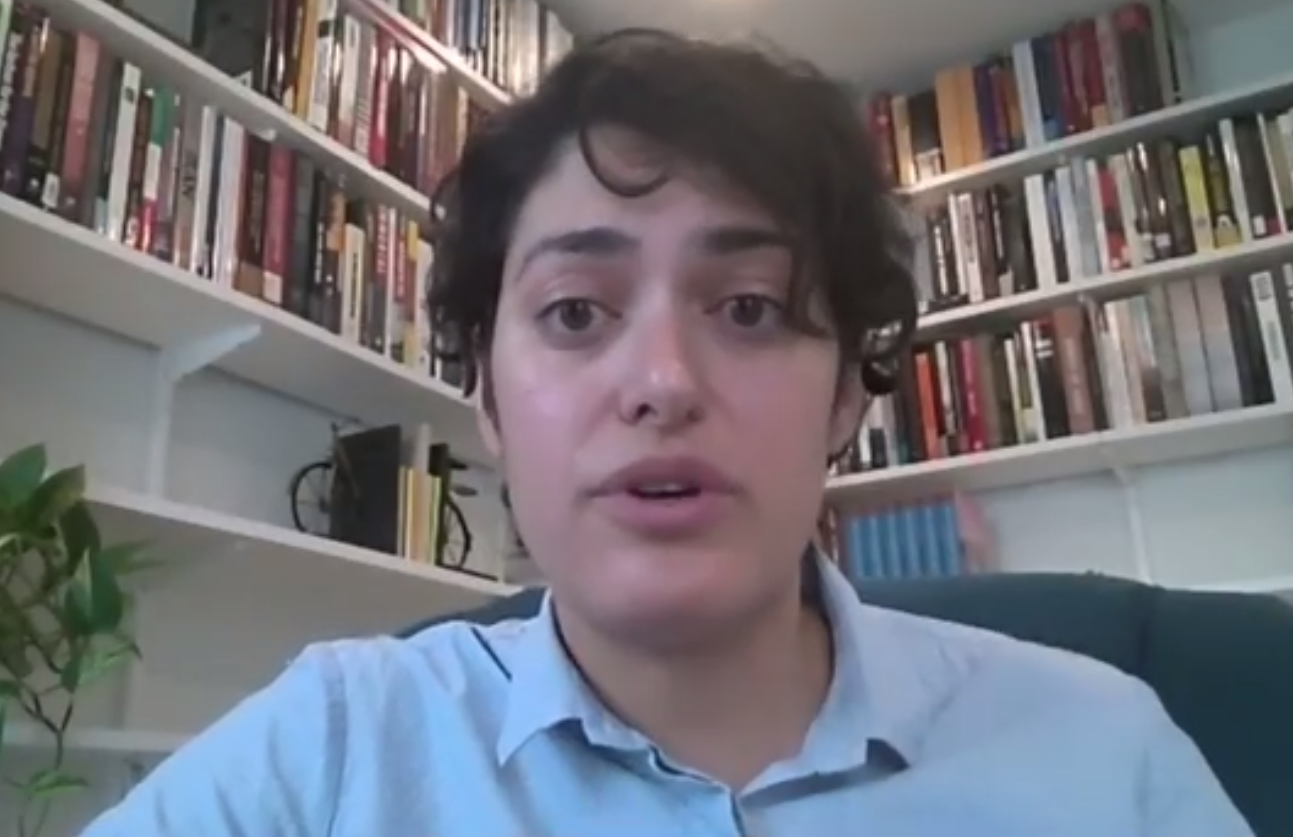
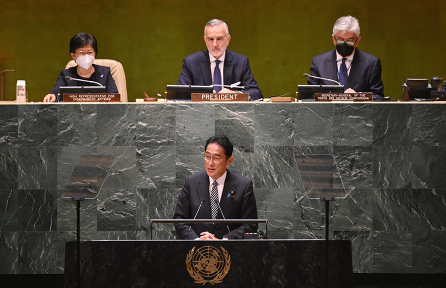
By continuing to use the site, you agree to the use of cookies. more information
The cookie settings on this website are set to "allow cookies" to give you the best browsing experience possible. If you continue to use this website without changing your cookie settings or you click "Accept" below then you are consenting to this.